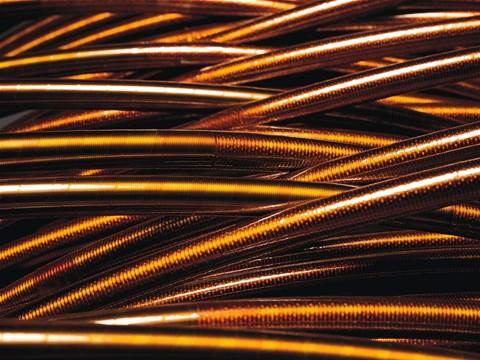The capacity increase will be provided by upgrading the Cable's Nortel-designed Optical Multiservice Edge [OME 6500] system, to replace current 10G technology with 40G/100G.
The OME 6500 is a multiservice transport platform which can handle traffic as diverse as Time Division Multiplexing [TDM], ethernet, storage and optical traffic.
It is composed of a series of threads connecting Australia to the rest of the world, where each thread currently offers capacity of 10Gb/s.
The upgrade will allow each of these threads to be replaced by a 40Gb/s connection, with minimal effort required to upgrade further to 100Gb/s once the technology is available.
According to Ryan Perera, Nortel's leader of Metro Ethernet Networks for Asia, the biggest asset of the upgrade is its simplicity.
"The upgrade is much more affordable than re-engineering the entire network," he says.
"The technology allows Southern Cross to replace interface cards on either side of its submarine link, and the network is automatically upgraded to the new capacity without any other changes in infrastructure," he says.
Best of all, end users and even ISPs will have to make no infrastructure changes whatsoever to benefit from the increased capacity.
According to Perara, a significant upgrade to Australia's internet capacity is becoming increasingly necessary.
"Australia is definitely feeling the pinch of bandwidth constraints, which is only going to be compounded by the Government's proposed National Broadband Network," he says.
"Once that network is in operation you'll see even more demand from Australian users, so most of the major internet providers are gearing up now - or at least they should be."
But the increased capacity the upgrade will provide will more than cover Australian bandwidth requirements in the near future, Perara says.
Indeed, the upgrade will allow the network to achieve capacity beyond the current 2.4Tb theoretical limit the current technology behind the cable system can provide.
"Optical fibre itself has no theoretical speed limit," Perara explains, "but at every speed level there's a limit to the speeds the deployable technology can manage reliably."
"At 40G and 100G, these limits can be expected to increase significantly to the point where they become irrelevant to the overall solution."
The Southern Cross Cable was deployed in 2000, with an initial capacity of 80Gb/s. By March this year, total capacity was around 740Gb/s, with plans to increase that to 860Gb/s by the end of the year. The upgrade will theoretically allow this capacity to increase fourfold.
The Cable is laid out in a triple-ring configuration connecting Australia, New Zealand, Fiji and the US.
A number of cable operators worldwide have already started the switch to 40G through Nortel, including Verizon in the US, TDC in Denmark and Neos in the UK.
Southern Cross Cable to quadruple traffic capacity
By
Dylan Bushell-Embling
on Jul 12, 2008 9:56AM

Got a news tip for our journalists? Share it with us anonymously here.
Partner Content
_(11).jpg&h=142&w=230&c=1&s=1)
The Compliance Dilemma for Technology Partners: Risk, Revenue, and Reputation

Tech Data: Driving partner success in a digital-first economy

Promoted Content
From Insight to Opportunity: How SMB Service Demand is Shaping the Next Growth Wave for Partners

Shure Microsoft Certified Audio for Teams Rooms

Tech Buying Budgets for SMBs on the Rise






.jpg&w=100&c=1&s=0)
_(8).jpg&w=100&c=1&s=0)









